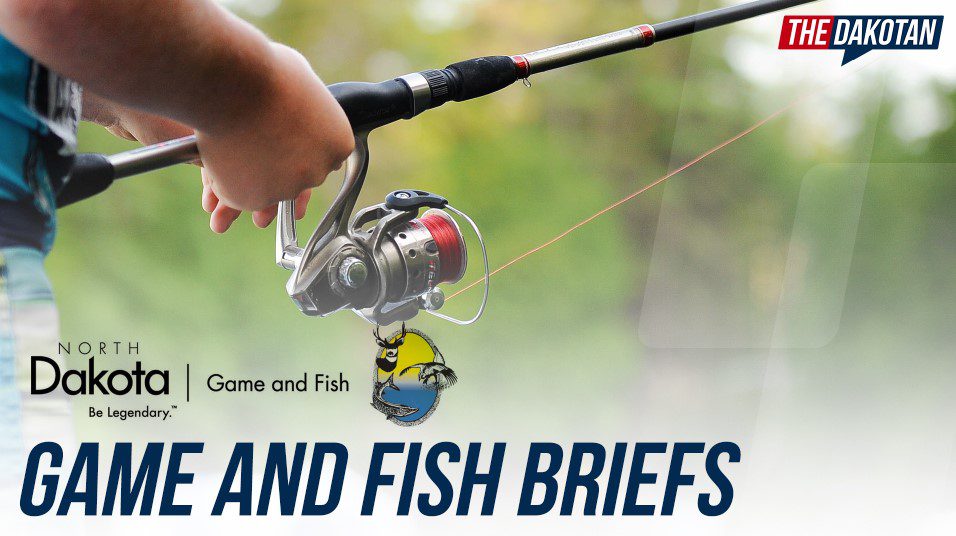

North Dakota’s deer gun lottery has been held and more than 5,500 deer gun licenses remain. Only resident applicants who were unsuccessful in the lottery can apply for remaining licenses.
More than 71,000 individuals applied for a deer gun lottery license, in addition to over 13,600 gratis applicants. The 2022 deer gun proclamation allows for 64,200 deer gun season licenses.
Unsuccessful applicants can apply online for remaining licenses beginning June 29. The deadline for applying is July 13.
Remaining Deer Gun Licenses
(B = Any Antlerless C = Antlered Whitetail D = Antlerless Whitetail F = Antlerless Mule Deer)
Unit, Type, Available
2H, B, 174
3A1, B, 948
3A2, B, 423
3B2, D, 114
3B2, F, 117
3D1, D, 51
3D2, D, 39
3E2, D, 137
3F1, B, 172
3F1, D, 335
3F2, B, 1151
3F2, C, 301
3F2, D, 800
4A, D, 40
4B, D, 82
4C, D, 59
4D, D, 63
4E, D, 35
4F, D, 276
4F, F, 190
The number of rooster pheasants heard crowing during the North Dakota Game and Fish Department’s 2022 spring crowing count survey was down 22% statewide from last year.
“The decrease came as no surprise,” said R.J. Gross, upland game management biologist. “We documented below average production from late summer roadside counts and the hunter harvested wing survey confirmed a 2-to-1 juvenile to adult ratio, which are lingering effects from the drought of 2021.”
The primary regions holding pheasants showed 14.1 crows per stop in the southwest, down from 18.4 in 2021; 13.7 crows per stop in the northwest, down from 14.3; and 9.7 crows per stop in the southeast, down from 14.5. The count in the northeast, which is not a primary region for pheasants, was 3.0 crows per stop, down from 5.2 last year.
“Current conditions are improving across the state with adequate moisture this spring. These conditions should foster insect hatches, which would provide forage to chicks for brood rearing,” Gross said. “Pheasant chicks hatch from early June through late July. Much of nesting success will depend on the weather, and we will more accurately assess pheasant production during our late summer roadside counts, which begin at the end of July.”
Pheasant crowing counts are conducted each spring throughout North Dakota. Observers drive specified 20-mile routes, stopping at predetermined intervals, and counting the number of pheasant roosters heard crowing over a 2-minute period.
The number of pheasant crows heard are compared to previous years’ data, providing a trend summary.